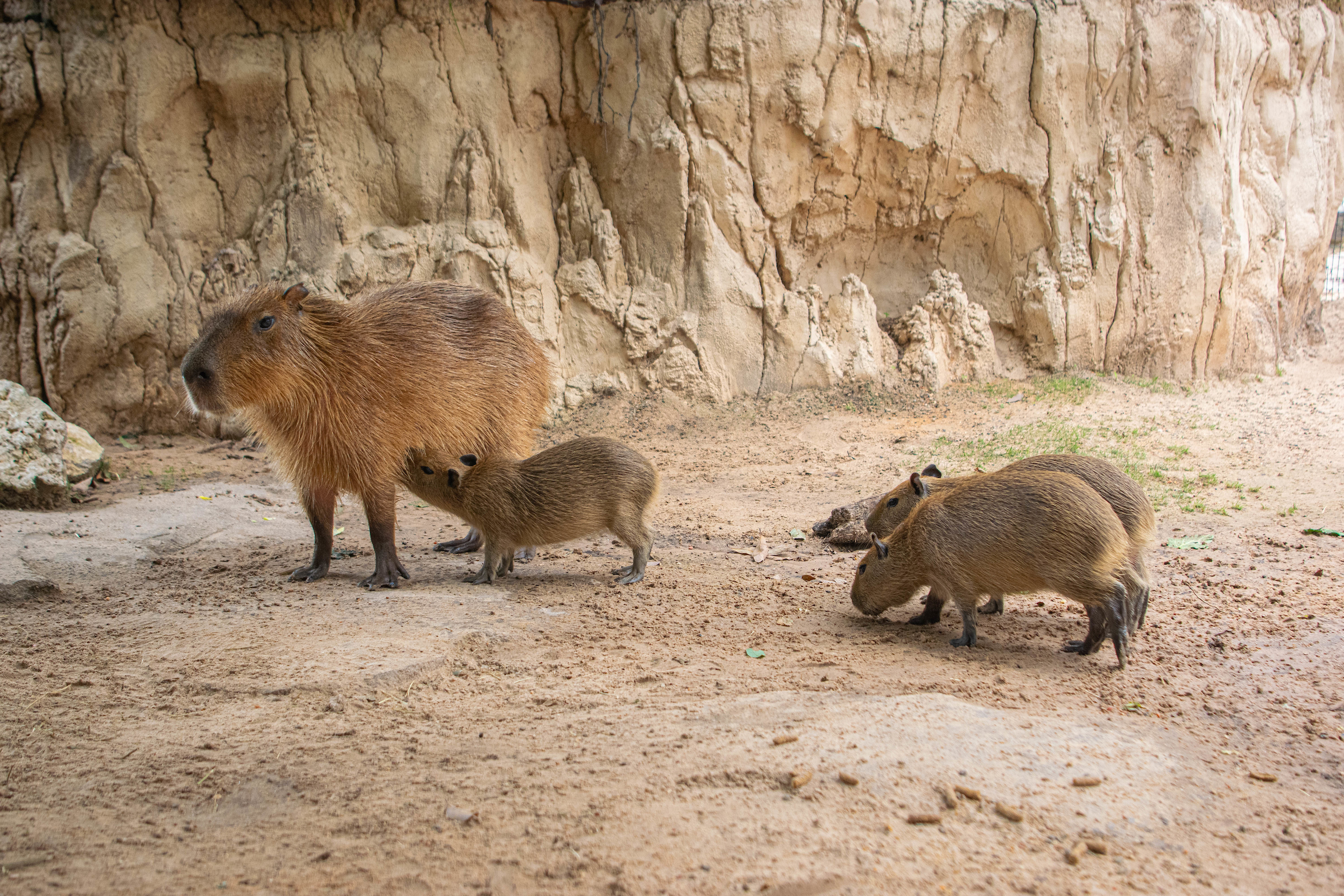Summary of Who’s New at the Houston Zoo:
The Houston Zoo introduced several new additions this summer, including animals born on-site and others brought in under breeding recommendations to ensure species diversity and sustainability. Among these new residents are five capybaras named after pasta varieties in South America’s Pantanal exhibit. The zoo also welcomed Tino, a Masai giraffe born in April, now living in the McGovern Giraffe Habitat, where visitors can feed the giraffe herd. A 15-year-old Asian elephant named Chuck has joined the Zoo, integrating with the existing elephant herd. These additions are part of the zoo’s efforts to support on-the-ground conservation partners across South America, Africa, and Asia, with a portion of ticket and membership sales going towards these conservation efforts.
- Introduction to the latest additions at the Houston Zoo: elephant, giraffe, capybaras, and more
- Insight into the Zoo’s participation in the Species Survival Plan® for wildlife preservation
- The significance of zoo conservation efforts in safeguarding species in the wild
- The role of community support through memberships and tickets in wildlife conservation
- Education and engagement: How visiting the Zoo can foster a deeper connection with nature
The Houston Zoo has recently welcomed several new members to its family, including an elephant, a Masai giraffe, and a group of capybaras, enriching the experience for visitors and bolstering its contributions to wildlife conservation. As an accredited member of the Association of Zoos and Aquariums (AZA) and an active participant in the Species Survival Plan® (SSP), the Zoo prioritizes the care of its animals and the preservation of their counterparts in the wild. This commitment is evident in the Zoo’s efforts to support conservation projects across the globe.
The arrival of five capybaras, humorously named after popular pasta varieties, has introduced visitors to the fascinating world of the largest rodents on Earth. Originating from South America’s Pantanal exhibit, these additions underscore the Zoo’s dedication to displaying diverse species. Capybaras, known as “masters of the grasses,” offers visitors a unique glimpse into the intricacies of animal behavior and ecosystem dynamics.
Tino, a Masai giraffe born in late April, represents another success story of the Zoo’s breeding program under the SSP in another part of the Zoo. With his arrival, the Zoo not only celebrates the addition of a new member to its giraffe herd but also highlights the critical role zoos play in conserving endangered species. Tino’s growth and integration into the herd at the McGovern Giraffe Habitat can serve as an educational tool, offering insights into giraffe biology, social structures, and conservation needs.
The introduction of Chuck, a 15-year-old Asian elephant, emphasizes the importance of genetic diversity and social structures in animal conservation. Moving Chuck to the Houston Zoo on breeding recommendations showcases the collaborative efforts within the AZA community to ensure the health and sustainability of captive animal populations. By associating Chuck with other elephants at the Zoo, the institution fosters an environment that closely mimics natural social interactions, crucial for the well-being of these intelligent and social creatures.
Support from the community plays a pivotal role in the success of the Zoo’s conservation initiatives. A portion of each membership and ticket sale is directed toward on-the-ground conservation partners in South America, Africa, and Asia. This financial support aids in protecting species and their habitats, demonstrating how zoo visitors contribute to conservation efforts far beyond the confines of the institution.
Educational programs and opportunities to engage with animals, such as the giraffe feeding experiences, aim to cultivate a deeper appreciation for wildlife and its challenges. By providing hands-on learning experiences, the Houston Zoo bridges the gap between theoretical knowledge and real-world conservation issues. This approach enhances the visitor experience and plays a crucial part in raising awareness and fostering a sense of responsibility towards our planet’s biodiversity.
The Houston Zoo’s introduction of new animals this summer is a powerful reminder of the vital connection between zoological institutions, conservation efforts, and public engagement. By visiting the Zoo, individuals can enjoy the unique opportunity to observe these fascinating creatures up close while also contributing to a larger mission of wildlife preservation and environmental education. Engaging with the Houston Zoo and its newest additions offers a meaningful way to support global conservation efforts, demonstrating the essential role of modern zoos in fostering a sustainable future for all species.


